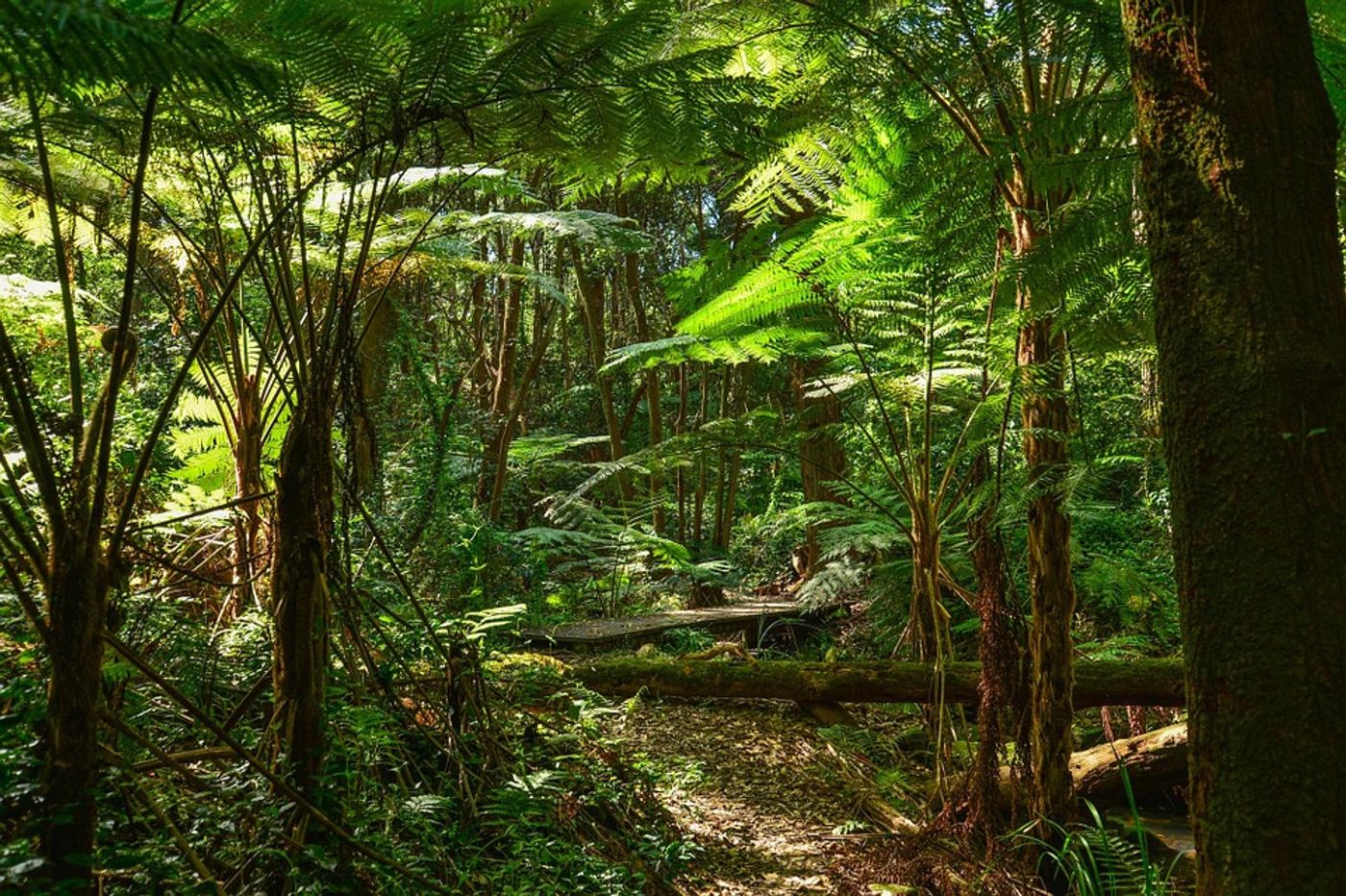Heat threshold identified for tropical forests' carbon storage capacities
A new study published in Science is hee first to analyze long-term climate sensitivity from observations of entire forests in the topics. The analysis encompassed measurements from over half a million trees in 813 forests across the tropics; it evaluated how much carbon stored by forests growing under different climatic conditions.
Conducted by an international research team, the study concluded that, given time to adapt, forests can handle heat up to an estimated threshold of 32 degrees Celsius in daytime temperature while still continuing to store high levels of CO2.
"Our analysis reveals that up to a certain point of heating tropical forests are surprisingly resistant to small temperature differences. If we limit climate change they can continue to store a large amount of carbon in a warmer world,” commented lead author Dr. Martin Sullivan, from the University of Leeds and Manchester Metropolitan University. "The 32-degree threshold highlights the critical importance of urgently cutting our emissions to avoid pushing too many forests beyond the safety zone.
This 32-degree threshold isn’t something to joke about. The researchers say that for every degree over 32, four-times as much carbon dioxide will be released as compared to what would have been released below the threshold.
"For example, if we limit global average temperatures to a 2°C increase above pre-industrial levels this pushes nearly three-quarters of tropical forests above the heat threshold we identified. Any further increases in temperature will lead to rapid losses of forest carbon," adds Dr. Sullivan.
While the study highlights temperature as the most influential factor in carbon storage in tropical forests (tree-death by drought being the second most influential factor), the team cautions that we must heighten our conservation efforts.
"Our results suggest that intact forests are able to withstand some climate change. Yet these heat-tolerant trees also face immediate threats from fire and fragmentation. Achieving climate adaptation means first of all protecting and connecting the forests that remain," states co-author Professor Beatriz Marimon from the State University of Mato Grosso in Brazil.
Sources: Science, Science Daily









